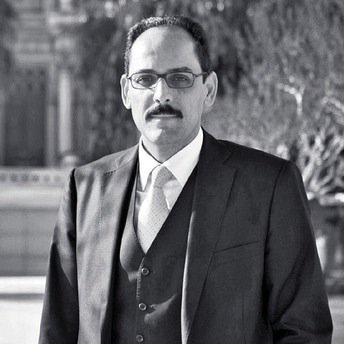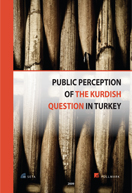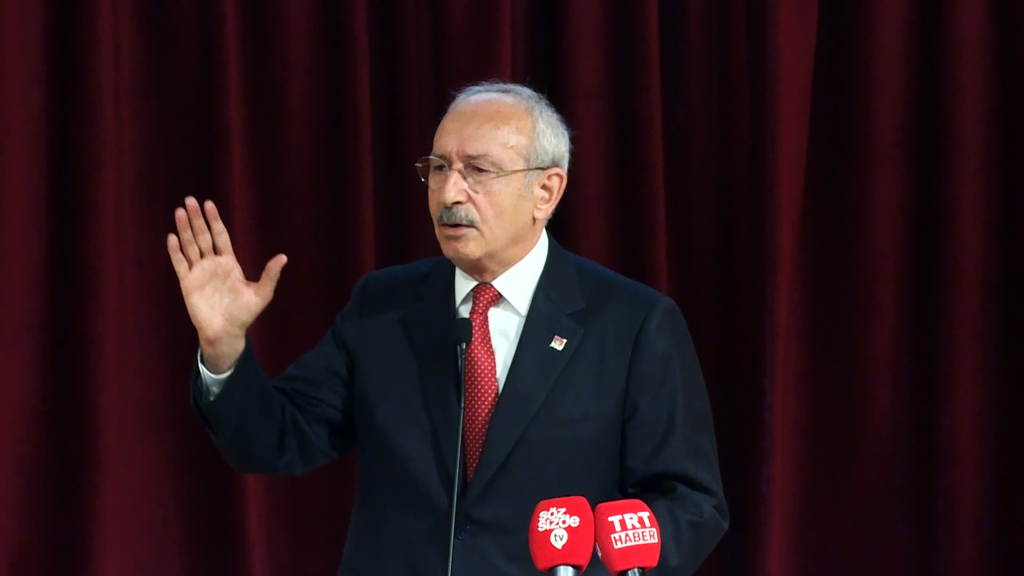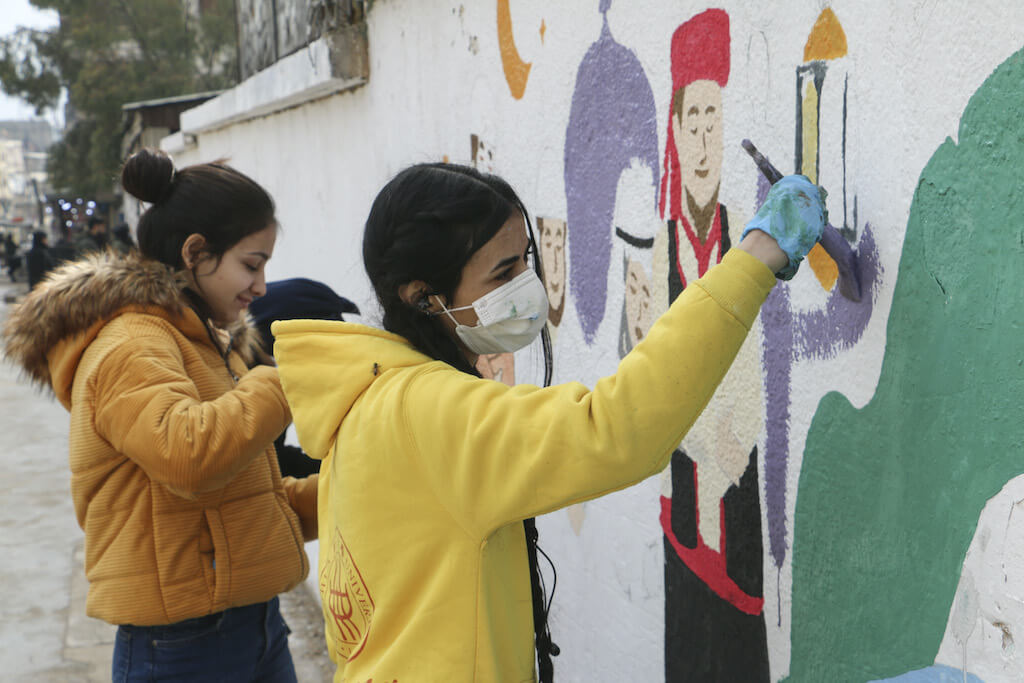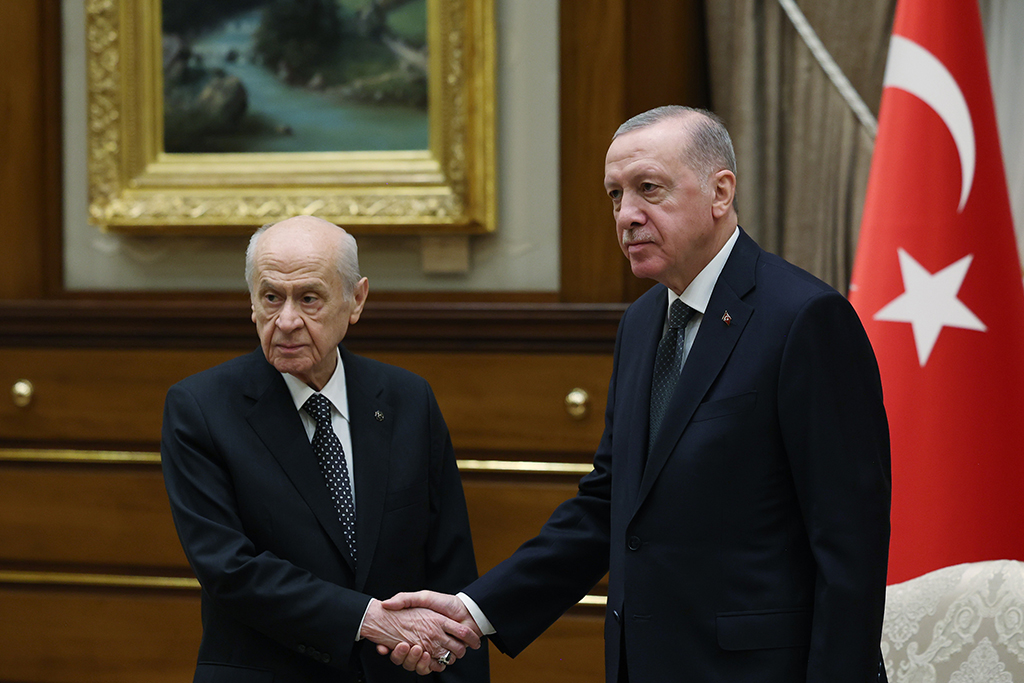A recent survey claims that the number of women covering their heads in Turkey has increased “fourfold” over the last four years. While some interpret this as a natural result of Turkey’s democratization, others see it as a dangerous development for Turkish secularism. The choice of the words “fourfold increase” and “over the last four years” is no accident -- they imply that this is the Justice and Development Party’s (AK Party) fault. Turkey has been debating the headscarf issue for over two decades now.
Just like the Kurdish issue, one has to ask, where are we now? What have we learned? After two decades of oppression and discrimination, thousands of girls being forced to take off their headscarves or leave school, thousands of families put through terrible times and choices and hundreds of young girls fleeing to other countries in pursuit of education, we are still discussing whether girls should be allowed to wear a headscarf in schools. The headscarf is a real litmus test for democracy in Turkey. The state oppression and indoctrination that masquerades under the guise of a secular democracy is simply a facade to discriminate against the more religious and conservative segments of Turkish society. A secular state by definition is supposed to respect and protect the individual choices of its citizens, not to indoctrinate them in a particular way. Those who claim to reject the headscarf in the name of secular democracy fail to see that they cannot protect democracy by enforcing a crude form of secularism and a particular ideology. A secular state means a neutral state ideology. The AK Party government cannot enforce a policy of Turkish women wearing the headscarf. By the same token, those who claim to speak in the name of the Turkish state cannot tell citizens that they cannot wear certain types of dress because they violate some supposed principles of secularism. When it comes to discussing real issues like the headscarf or the Kurdish issue, the state elite reacts with fear and suspicion rather than using their reason and trusting the people. This goes back to the founding ideology of the republic when it was established on the ruins of the Ottoman Empire. This was a time when reason was eclipsed and there was almost no one who could be trusted -- but times have changed. What the recent survey refers to as a fourfold increase in the number of women wearing the headscarf is not so much an increase in numbers as in visibility. As Turkey becomes more democratic and transparent, women wearing the headscarf are also becoming more visible and active in different areas of life. Two decades ago, you wouldn’t have seen them in places like the Galeria mall, movie theaters, five-star resorts, VIP salons, universities, etc. As they have more access to modern means of expressing themselves, women with the headscarf are “going out” more often. Those who defend women’s rights, including feminists and Kemalists, should celebrate the fact that more Turkish women are becoming part of Turkey’s social and economic life.
Those who see religion as putting women behind closed doors and keeping them in backwards conditions are in a terrible dilemma. Now the same religion is putting the same women out in public and urging them to be active and productive (and of course with their headscarf) and this is called the rise of religious conservatism and even fundamentalism. Some put the cart before the horse claiming women choose to wear the headscarf and that the scarf itself gives women the ability to engage in society, as they don’t want to wear a silk headscarf and then sit at home. Turkey has to face two of its primal fears -- religion and ethnicity. The failed policies of Turkish nationalism cost Turkey almost three decades of war, terrorism, ethnic tensions, over 35,000 dead, thousands of wounded and billions of dollars. Now even the retired generals admit they have made mistakes in dealing with the Kurdish issue in the 1980s and 90s.